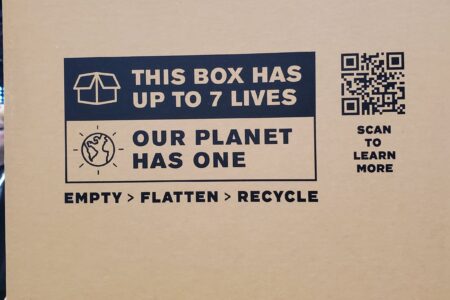Tea’s “Cheesy” New Topping

Photo courtesy of Yelp
While not an avid tea drinker, I am a purist – I do not add any milk or sugar to my tea – nor do I like boba (bubble) teas so learning about the latest tea trend – cheese teas – caused me to cringe. “Cheese” and “tea” are two words I honestly never expected to hear paired together as a beverage.
Fortunately, it’s not Gorgonzola, brie, Parmesan, or another strong-scented cheese (all delicious, of course, and three of my favourites). It’s cream cheese, which is being served as a whipped topping on tea. The creamy foam topping is made with cream cheese, whipped cream and milk. The concoction, which most often uses black, green or oolong teas, originated in southern China but has spread throughout the Asia Pacific region and has worked its way to a number of cafés in the US. The “cheese tea” or “tea macchiato” is an example of how an unexpected ingredient, in this case, cream cheese, can be used in new categories to create unique textures.
Asia seems to be the epicenter of texture-enhanced food and beverage innovations, many of which are unusual. When I was in Vietnam in 2015, for instance, I recall seeing milk teas with gummy bear, crushed cookie and candy toppings, so I should not be too surprised by a foamy cream cheese topping, I guess…Then again, I’ve aged out of the target demographic for this latest innovation.
Experimenting with texture-enhanced beverages can aid in courting the ever-important young consumer base. According to global market intelligence firm, the Mintel Group, in the US, for example, young male respondents aged 18-34 are most likely to express interest in unique textures, including bubble tea, nitrogen-infused coffee, or sparkling iced tea or coffee, compared with other demographics.
Mintel’s Global Food and Drink Trends 2018 found that food and drink designed with additional textures has the potential to engage younger iGeneration consumers who are hungry for experiences. These teens and young adults (ranging in age from 10 to 27 in 2018, depending on the region), have grown up with technology, which has made interactivity and documentation indispensable parts of everyday life. Per the report, the quest for experiences provides opportunities for multi-sensory food and drink that uses unexpected texture to provide the iGeneration (and possibly consumers of all ages) with tangible connections to the real world as well as moments worth sharing either in person or online.
Given the younger generation’s desire for interactivity, tech-oriented and multi-sensory experiences, Yanqiong Zeng and Iris Danlu Xing, the co-founders of Chaimi Food Studio, created The Boba Room, a blow-up, bubble tea installation at the Open Space Gallery in New York City last year. The one-thousand six-hundred square foot temporary exhibit featured bouncing bubbles twenty-five inches in diameter and six feet-long gummy shapes. Visitors were also served boba teas from some of the most popular places in New York City, including Vivi Bubble Tea Tales LES, Tea and Milk, Pa Tea and Gong Cha. It was a new and creative experiential art form—and a smart way to entice consumers into trying something new and different with tea. Maybe a cheese tea installation will be next…
In fairness, I cannot render a judgement on the taste of cheese tea without ever having tried it. So, I now have a new spring project—finding a boba tea shop that serves cheese tea (since there isn’t one in my neighbourhood), thus I can see what this craze is all about.



